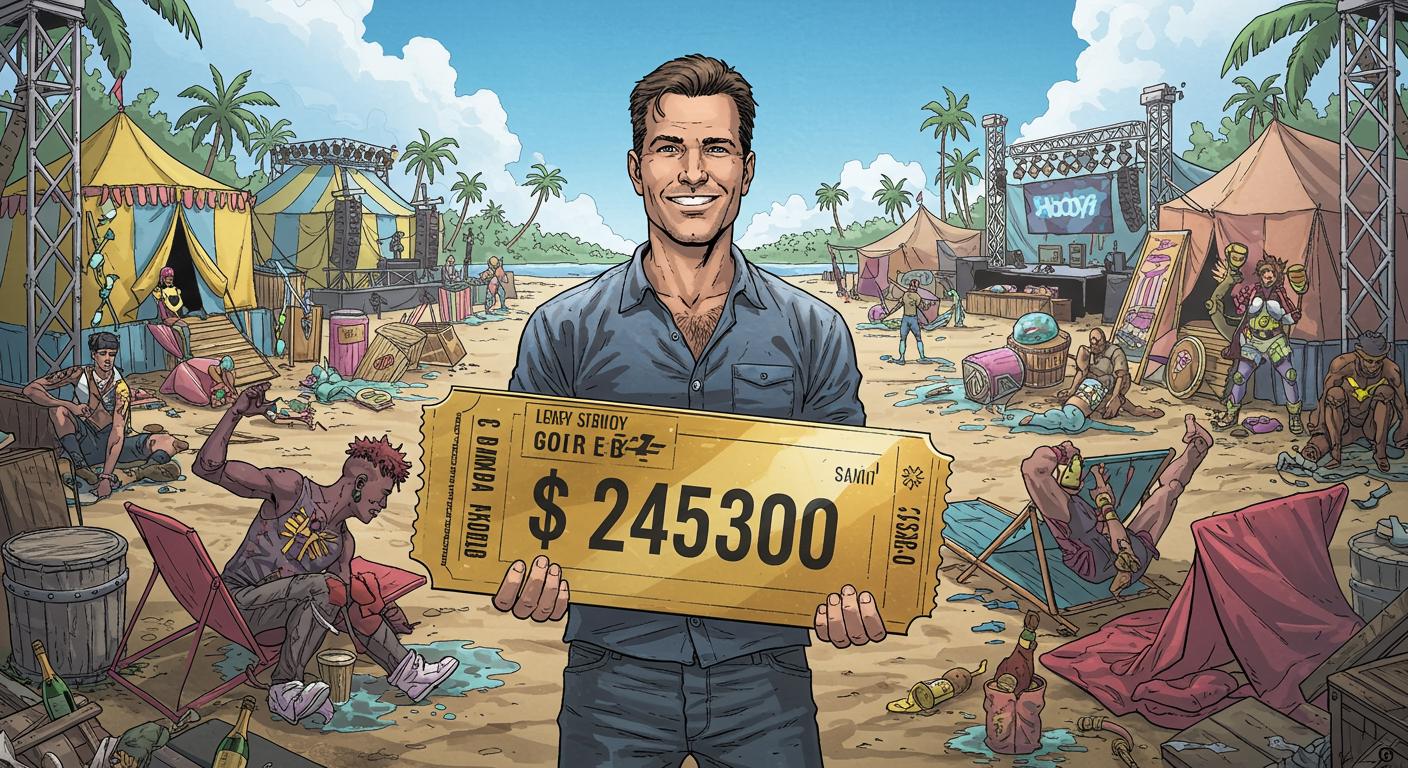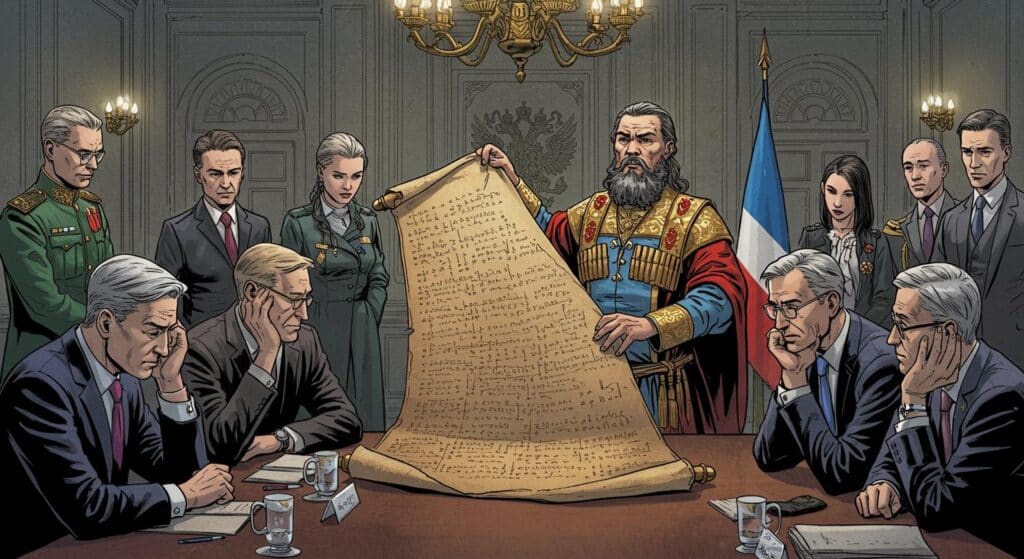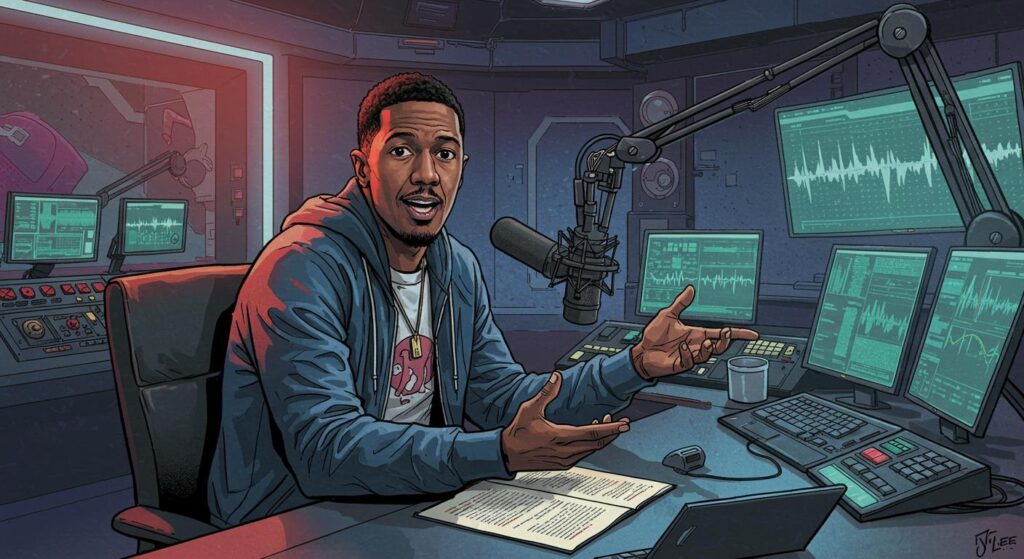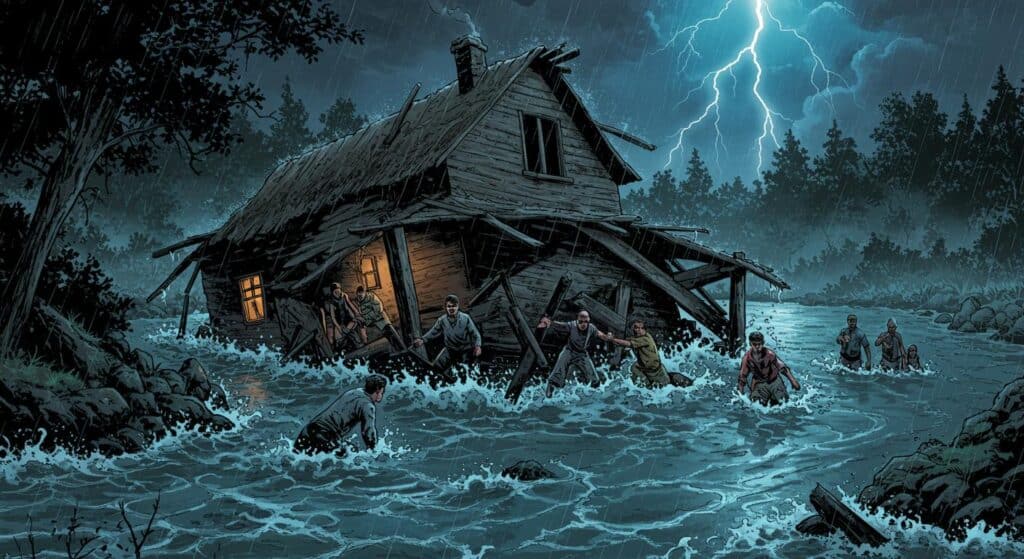There are moments when the internet, with all its chaotic energy, feels almost poetic. The Fyre Festival—once hyped as the world’s most luxurious music experience, later a synonym for organizational disaster—has been sold on eBay for $245,300. Not the dusty remains of a doomed party, but the rights, the trademarks, the social handles, the lot. It’s a digital estate sale for one of pop culture’s most infamous flops.
The Cursed Inheritance
A week-long bidding war ended Tuesday when the virtual gavel dropped, transferring all things Fyre into the hands of someone who, for now, remains blissfully anonymous. As TMZ documented, forty-two bidders made 175 attempts to claim this particular artifact, observed in real-time by Billy McFarland. The founder and convicted fraudster, who had publicly wished for “high seven or low eight figures,” watched the slow climb in a livestream, wincing as the final bid fell far short of fantasy. His reaction—“Damn. This sucks, it’s so low”—captured the spirit of the sale: dreams, downsized.
Just eight years ago, Fyre was pitched as an impossibly glamorous escape in the Bahamas, with the likes of Blink-182 and Major Lazer set to perform. Guests were promised celebrity encounters, ocean breezes, and gourmet food. Instead, as The Independent recounts, those who showed up were greeted by disaster-relief tents, meals best remembered as a single slice of cheese on white bread, and headliners that had long since bailed. The festival’s catastrophic unraveling led to lawsuits, documentaries on both Hulu and Netflix, and eventually, McFarland’s six-year prison sentence for wire fraud—of which he served four.
Following his release in 2022, McFarland attempted a Fyre Festival sequel, touting a “chance to embrace this storm… and steer our ship into all the chaos,” he told NBC. In reality, the follow-up was canceled before a single guest arrived, and further efforts only underscored the lingering legal and reputational fallout. With over $26 million owed in restitution, the eBay sale is best understood as scraping the rust from the Fyre hull in hopes of finding a little loose change.
What Comes in the Fyre Package?
If you’re picturing someone rolling up with a suitcase full of Fyre wristbands and half-used meal tokens, reality is stranger still. The deal includes the brand, trademarks, website domains, social media accounts, something billed as “comprehensive marketing assets,” and the option for “access to the core team.” The latter likely comes with a warning label—or at least, a good lawyer on speed dial.
According to Rolling Stone’s breakdown, there’s also mention of “artist & talent relationships.” That phrase feels optimistic, considering most major acts were either humiliated, unpaid, or both. Is there a clause somewhere in Ja Rule’s contract that stipulates he must join any future attempt? Resetting these relationships, one suspects, would require more than a change of administrative password.
Perhaps the most peculiar entry in the package is the “media coverage archive.” One imagines a meticulously organized digital folder brimming with every headline and tweet from 2017, a living museum of cheese sandwiches and refund sagas. It’s the only “asset” where its value is measured by sheer irony; “cultural capital” in the internet’s most literal sense.
A Legacy Best Remembered—Not Rebuilt?
McFarland, in his formal statements quoted by The Independent, claims Fyre is “one of the most powerful attention engines in the world” and “a movement” that deserves operators “with the scale, experience, and infrastructure to realize its potential.” Lofty words, but if history is any guide, the Fyre brand’s real stock-in-trade is its status as a meme—a cautionary tale invoked every time a modern event goes awry. Notably, even routine hiccups at recent festivals have drawn inevitable comparisons: “Worse than Fyre,” fans will declare, as a sort of shorthand for festival mayhem.
It raises the question: why bid on Fyre in the first place? Is someone aiming to rehabilitate its image, or just eager to own a notorious slice of the internet’s memory palace? With the brand now out of McFarland’s hands, its future is an open question—perhaps as an actual event, or perhaps as a meta-joke, the ultimate test in whether you can monetize notoriety itself.
Collecting Infamy, One Trademark at a Time
At the end of this chapter, the new owner inherits not just intellectual property, but a digital legend that elicits both awe and eyebrow-raises. They also inherit the reality that Fyre is no blank canvas; it comes densely layered with pop culture baggage, ambivalent celebrities, and a case study’s worth of “what not to do.” As TMZ highlights, McFarland could only chuckle over the buyer’s identity, calling it “funny”—if, perhaps, tinged with the laugh you give at the punchline of your own misadventure.
Pausing to marvel at this particular corner of modern history, it’s hard not to appreciate the absurdity: for $245,300, someone has snatched up a bundle of hope, hubris, and hashtags. Will Fyre’s next act be another saga of internet spectacle, or the final, quiet fade into the digital background? Either way, it’s a reminder that even a disaster, given time, can become someone else’s curiosity—stranger in its afterlife than it ever was in flameout.







